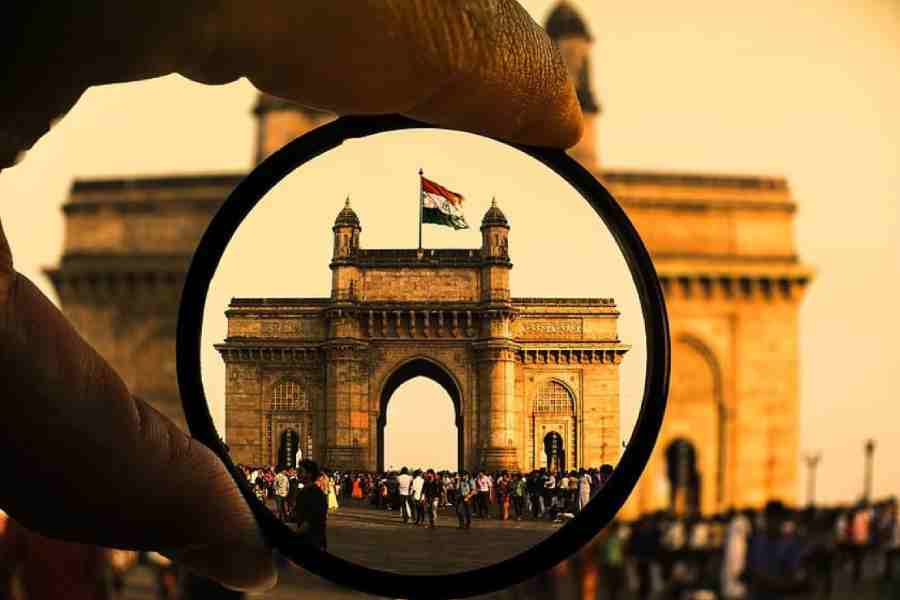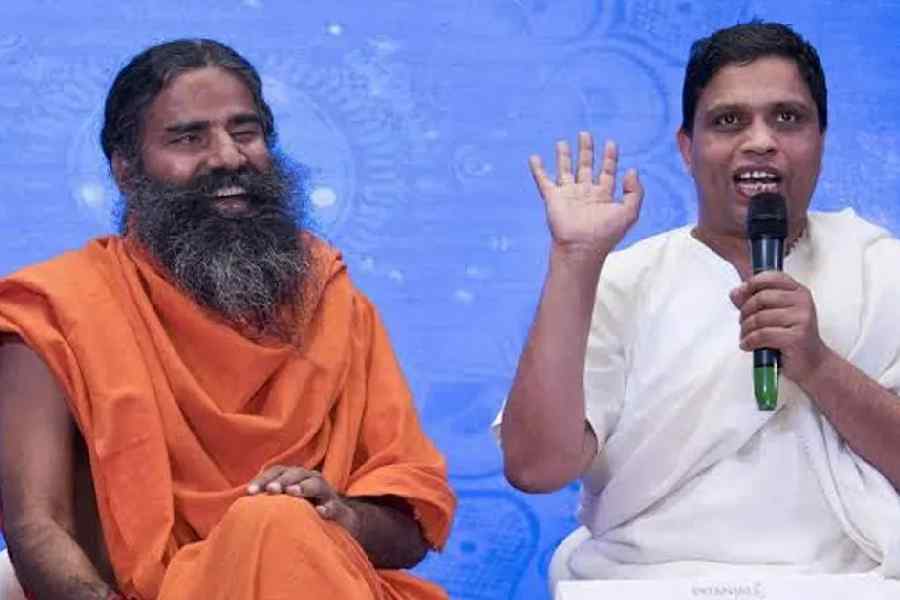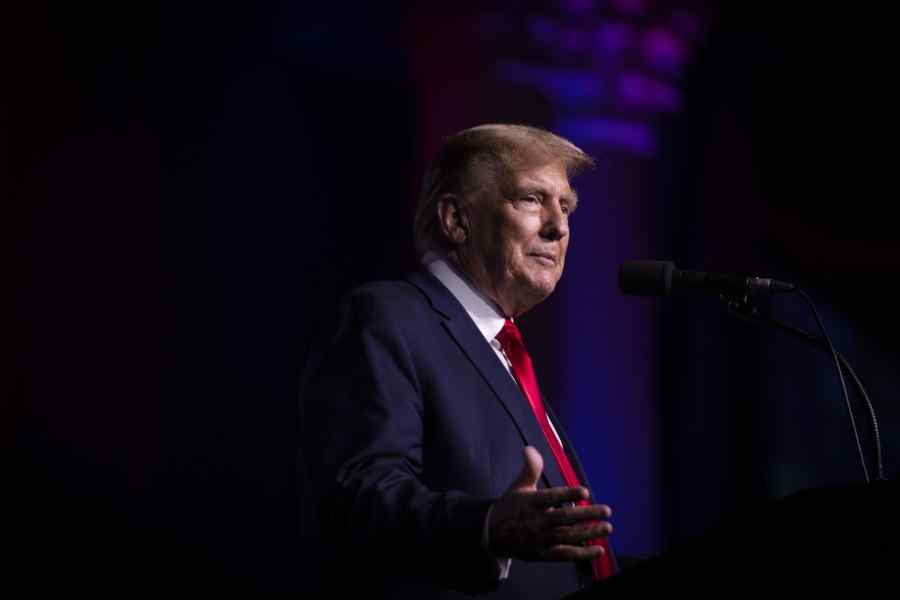In recent times, one keeps observing attempts to reinterpret and restate Indian history. The narratives of Indian history are being challenged and changed. There are assertions that India has always been a Hindu nation, that India is the oldest democracy, that there has been no Aryan migration into the geographical territory of India, that the Mughals were all aggressors, that Jawaharlal Nehru was a poor administrator whose policies ruined the nation and so on. There are instances of Muslim names of cities and places being changed and specific chapters on the Mughal period deleted from textbooks. There are also numerous instances of events from the epics, the Ramayana and the Mahabharata, being highlighted to glorify the past.
Two conclusions can be drawn from these assertions. The first is that India was a perfect Hindu State, with Aryans and Dravidians forever being here. The political structure, the quality of society, and the state of science and technology that prevailed in the past can apparently put any modern State to shame. The second conclusion, albeit related to the first, is that the trouble started with the invasion of the Muslims. They ruined the nation and ran roughshod over the Hindus for centuries. This made it easier for the British and other Europeans to come and take over the nation. After further exploiting the nation, they went away on their own at the end of World War II. Nehru came to power and the rule of the Congress put the final nail in the economy’s coffin.
There are claims that all this while the Hindu national identity was very much alive, although at a subterranean level; that the aspiration to return to an ideal Ram rajya was always there; and that the time for the Hindu rashtra’s advent on the world stage has now arrived. The Ramayana and the Mahabharata have become history books. The idea of India as a nation, as imagined during Independence, is being said to be false. In a corporate boardroom, a captain of industry told this writer that Indians had been fed false history all along. Now, the time for truth has arrived. Many people are beginning to buy into the new ‘history’.
In this context, an interesting question arises: when is history considered false? It takes one to the older, and much debated, question of what is history? This writer is not a historian, but it is not difficult to conclude that history can have many versions and interpretations and that the material of history is never complete or entirely accurate. There is a dynamic, ever-changing relationship between the historian and the materials of history. Society changes as do individuals, as do the questions they expect history to throw light on. Interpretations in history change too. New sources — new records or new archaeological findings — may be unearthed. The historian is very much a product of the society in which he lives. Hence, alternative ways of presenting the same evidence are entirely possible and modern historiography has many examples of different narratives. The recent instance of Subaltern Studies is a new way of looking at historical evidence and presenting to the reader an entirely new depiction of events. Another instance would be the rise of Big History. In the age of major environmental problems, it is useful to consider human history to be an integral part of planetary history, the birth of the universe, the evolution of life and, finally, the rise of Homo sapiens. None of these represents a false history. Alternative interpretations merely reveal different worldviews, different values, different underlying questions.
How do these alternative interpretations emerge? They are written down in a scholarly form, tested and critiqued by other scholars in the field, widely disseminated, and generally recognised as a corpus of serious academic work. It enters the public discourse only then. The new interpretation could be used as a guide for contemporary policy-making in a society. For instance, by the time of Independence, there was enough historical scholarship on the economic effects of British rule in India and how it had stifled the growth of indigenous capital and entrepreneurship. Hence, the State needed to initiate the process of capital accumulation through economic planning, all the while facilitating the growth of a nascent capitalist class. The interpretation of colonial rule as essentially exploitative had been championed by a school of history which was left-of-centre and had challenged the earlier imperial history that viewed colonisation as having a civilisational role. The two views used the same set of materials and evidence, but the selection of facts and figures and their interpretation forged the differences in their conclusions. Neither the imperial historians nor the left-of-centre nationalists were writing false histories that needed to be erased. However, both these alternative schools had followed the protocol of writing history. Indian history is the result of scholarly works based on a study of historical materials and texts. It has been revised through the availability of new materials and honed through critical debates among historians. If one school of history dominates, it is simply because it appeals more to readers and the interpretation is more relatable to a society’s contemporary concerns.
Returning to the current claims being made that much of Indian history is erasable, it is difficult to find anything in contemporary Indian histories as false. To be false, a historical claim has to be divorced from the use of convincing material evidence or the use of scholarly texts that were critiqued and debated and subject to the scrutiny of other historians. Indeed, going by the current claims, many of the assertions being made are themselves false since they are not even being made by professional historians and scholars. They are being made by practising politicians and some other people who are posing as public intellectuals and attacking reputed scholars. The attacks are not in terms of academic arguments; rather they are stated in terms of asking some of the reputed historians to leave the nation because they are allegedly ‘anti-Indian’. These charges go against the essence of being a historian. A historian is never a judge of the past, least of all a hanging judge.
False history, if anything, is being practised by political ideologues who believe that the only way to unite a diverse nation is through the assertion of a narrow religious identity. Converting theology into history and glorifying it have been done elsewhere in the past. Glorifying an ambiguous past, denying large parts of recorded history, and claiming a sweeping religious identity can only add up to a political agenda for control. These experiments have always ended in explosive violence. This is an important lesson of history. Nothing could be more patently false than setting up a story of what is desirable and then condemning the past — at least a large part of the history of India — in the light of it.
Anup Sinha is former Professor of Economics, IIM Calcutta










